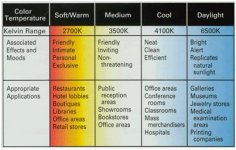Maybe been talked before, don't know... But, remodeled basement with 7' ceiling. Putting in an 8 footer and curious about a light that'll work good lighting the table. Our local room has nice Diamonds but their lights need improvements. They use one long stained shade w/ 3 bulbs. Even though they hang low, when you get down to shoot, the far bulb is shining right in your eyes. Annoying as hell and takes a while to learn to ignore. Even then it makes it hard to see.
I have looked at the 'home room' posts and like the looks of the Diamond light in some rooms. I assume it's not cheap. Just wondering about what people use and also how they are mounted. Hanging or fixed to the ceiling.? 3 or 4 bulbs, low or high? Thanks in advance for your response.
I have looked at the 'home room' posts and like the looks of the Diamond light in some rooms. I assume it's not cheap. Just wondering about what people use and also how they are mounted. Hanging or fixed to the ceiling.? 3 or 4 bulbs, low or high? Thanks in advance for your response.


